How a couple of engineers' desire to bridge the gap between the industrial space and the maker movement created something new.
Join hundreds of makers and hackers around the world to learn about building robots with JavaScript.
Our friends at codebender have pulled some interesting stats on Arduino board usage!
A guest post from Bill Premerlani regarding the new firmware updates for the MatrixPilot Project and the UDB5.
High-school science teachers can radically reduce the cost of building up science labs while giving students opportunities to engage in genuine design processes by introducing them to open-source hardware. A vast collection of free and pre-designed low-cost scientific tools are available, many of which can be printed on a open-source 3D printer, including the printer itself. Not only can students benefit from access to research grade equipment, there are ample opportunities for students to build on, improve, and customize scientific tools as part of their curriculum. In this way the number and value of the open-source hardware designs can expand with student effort, enabling a powerful motivating factor for science education.
The Hiking Hack is the first of a proposed series of research expeditions investigating the role of situated design for wild animal interaction. This mobile workshop through the Panamanian Rainforest was designed to explore how context shapes the crafting of technology and to probe the limits of constructing and utilizing DIY physical computing systems in harsh environments. It also served as a means of engaging with and reflecting upon the biological, technological and cultural aspects interplaying in modern scientific research.
MakerCamp was a month long camp where makers, designers and mentors from different parts of the world and with varying skill sets came together to work on projects they wanted to dive deeper into. The group of participants flew in from all over the globe last month (August) to hack, make, teach, work together, and document their making process. In the end they came away with a global community of support for prototypes that can be kick-started into real life projects. As SparkFun was a partner in the camp, we wanted to showcase some of the awesome people and projects from the camp last month.
We’ve probably used the word “maker” more times in the last year than we have in the last ten years. It’s pretty evident that making is blowing up. Makerspaces have made their way into blogs on education, hackerspaces are being featured in The New York Times, and a White House Maker Faire was held in lieu of the annual White House Science Fair this year. I think it’s fair to say making is so hot right now.

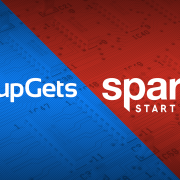



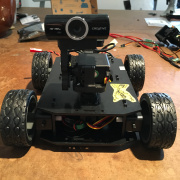

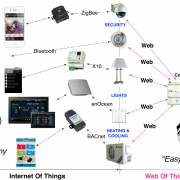
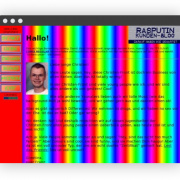
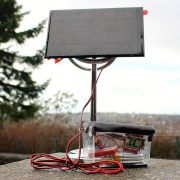


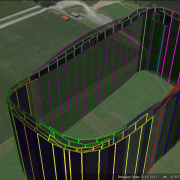

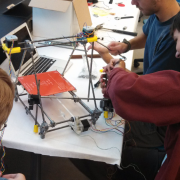
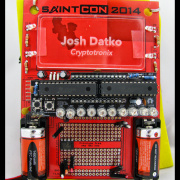
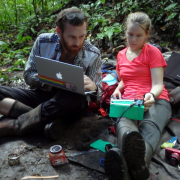

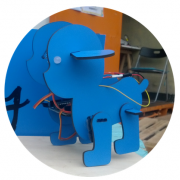

Hi, "For a full wishlist of products for this project, check it out here:" ....but I see no link to anything further. I am hoping you have…